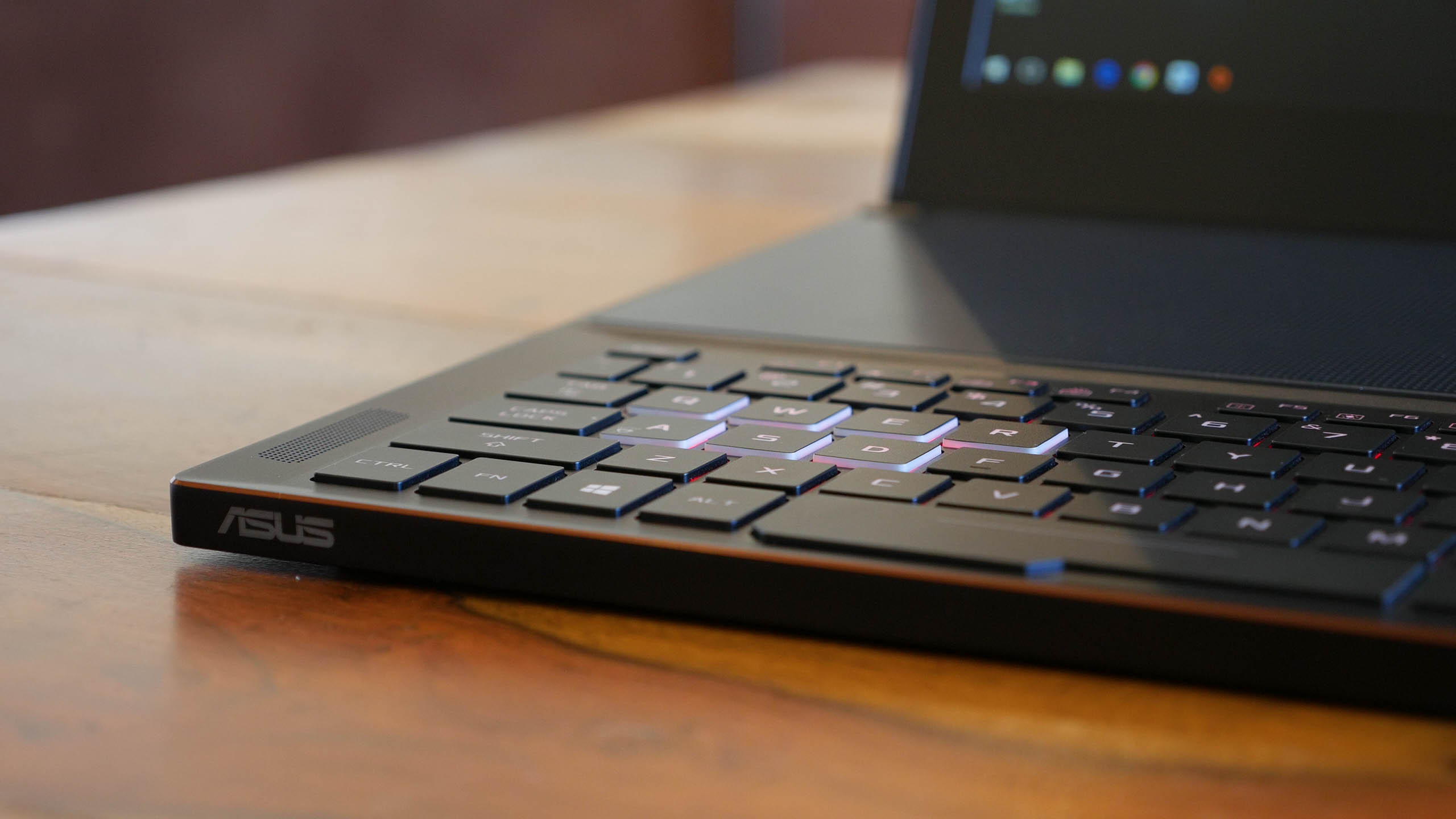System Performance
The hardware inside the Zephyrus isn't particularly crazy for a gaming laptop, though it certainly falls towards the top-end of laptop hardware, especially for the size of the unit.
The CPU is the standard Intel quad-core for gaming laptops: the Core i7-7700HQ. From Intel's 14nm Kaby Lake line, the 7700HQ packs four cores, eight threads clocked up to 2.8 GHz with a boost up to 3.8 GHz. It has a TDP of 45W.
Memory-wise we're looking at 16GB of DDR4-2400 in the standard Zephyrus, though my review unit has 24GB. It's a similar story with the SSD: normally you get a 512GB unit, though Asus provided me with a 1TB Samsung SM961 PCIe NVMe unit.
Of course the big selling point to the Zephyrus is the Nvidia GeForce GTX 1080 you get inside (although there's also a GTX 1070 model available). The GTX 1080 for laptops is identical to the desktop variant, with 2560 CUDA cores, a rated boost clock speed of 1733 MHz, and 8GB of GDDR5X clocked at 10000 MHz.
With Nvidia's Max-Q design, though, the GTX 1080 may not necessarily run at the same clock speeds as the desktop variant or even other laptop variants. The design principles behind Max-Q are centred around delivering a quality gaming experience within certain size, thermal, power and noise constraints. Nvidia made it clear that Max-Q laptops use different performance and clock speed profiles embedded in the GeForce driver to ensure their targets are met, and for that reason we won't see Max-Q GPU clocks that are as high as more beefy gaming systems can deliver.
Anyway before I look into gaming, here's how the Zephyrus performs in productivity tasks.







While the Zephyrus is a slim and sleek machine, slenderness has never been an issue for the Core i7-7700HQ. As such, the Zephyrus performs almost exactly on par with other gaming systems that use the 7700HQ across a range of productivity workloads. Typically, the Zephyrus was anywhere from a couple of percent slower to a couple of percent faster, and that's margin of error type stuff.


The SM961 is a pretty speedy SSD in its 1TB variant, pushing above the usual 1 GB/s read and write barrier we like to see in modern laptops. While random performance doesn't blow us out of the water or anything, achieving above 50 MB/s random reads is a decent result.
